APR-HM110-100μg / 询价
APR-HM110-500μg / 询价
APR-HM110-500μgx2 / 询价
- 关联产品
- 客服电话
- 技术支持
Human APRIL/TNFSF13 Trimer Protein
Recombinant Human APRIL/TNFSF13 Trimer Protein is expressed from HEK293 with His tag and Flag tag at the N-Terminus.It contains Lys112-Leu250 trimer design [Accession | O75888-1].
The protein has a predicted MW of 49.9 kDa. Due to glycosylation, the protein migrates to 52-60 kDa based on Bis-Tris PAGE result.
> 95% as determined by Bis-Tris PAGE
> 95% as determined by HPLC
Less than 1 EU per μg by the LAL method.
Lyophilized from 0.22 μm filtered solution in PBS (pH 7.4). Normally 8% trehalose is added as protectant before lyophilization.
Dissolve the lyophilized protein in distilled water. Please refer to the Certificate of Analysis for detailed instructions.
-20 to -80°C for 12 months as supplied from date of receipt.
-80°C for 3 months after reconstitution.
Recommend to aliquot the protein into smaller quantities for optimal storage. Please minimize freeze-thaw cycles.
The APRIL (a proliferation-inducing ligand), also known as TNFSF13, TALL2, TRDL1, and CD256, is a member of the TNF ligand superfamily. Both APRIL and its close relative BAFF bind and signal through the TNF superfamily receptors TACI and BCMA, while BAFF additionally functions through BAFF R.
CD256; TALL2; TALL-2; TNFSF13; APRIL; APRILFLJ57090; TRDL1; TRDL-1; ZTNF2; 2310026N09Rik
Bossen C , Schneider P. BAFF, APRIL and their receptors: Structure, function and signaling[J]. Seminars in Immunology, 2006, 18(5):0-275.









